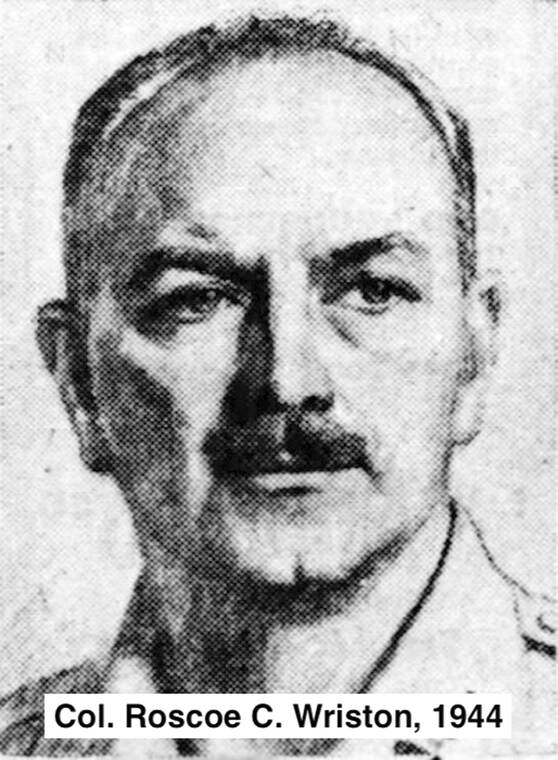As an Army Air Service aviator stationed at Luke Field on Ford Island, O‘ahu, during the 1920s and 1930s, Lt. Roscoe C. Wriston (1895-1974) made the first flight over Kilauea Volcano, Mauna Kea and Mauna Loa, and the first flights to Kaho‘olawe and Ni‘ihau.
By 1925, he was also acknowledged as being the only aviator to have flown from every Hawaiian island.
In recounting the first flight ever to Ni‘ihau, we note that on July 2, 1924, lieutenants Wriston and R.G. Harris, along with four enlisted men, arrived at Ahukini, Kaua‘i, with their de Havilland photographic airplane aboard the lighthouse tender “Kukui.”
The aircraft was then unloaded and hauled to a pasture at Lihu‘e Plantation Dairy in Hanama‘ulu.
Their mission was to complete an aerial photographic survey of Kaua‘i, Kaula Rock, Ni‘ihau and adjacent waters.
The Kaua‘i portion of Wriston’s photographic mission was completed on July 10, the day he then flew from Kaua‘i with photographer Sgt. Richard Agnew to photograph Ni‘ihau — the first flight ever to the Forbidden Island — and Kaula Rock.
Meanwhile, the “Kukui” was stationed about midway between Ni‘ihau and Kaula Rock in case the plane made a forced landing.
Aerial photographs were taken of Ni‘ihau by Agnew, and when Wriston landed on Ni‘ihau, its residents were attracted to the plane, but would not venture closer than one-quarter of a mile to view it.
Wriston then flew to Kaula Rock to photograph it at elevations of about 4,000 feet to 12,000 feet, after which he returned to Ni‘ihau and landed once more.
Mission complete, Wriston flew back to the Hanama‘ulu pasture, and on July 13 his airplane was dismantled and loaded aboard the “Kukui” at Ahukini and the photographic party sailed to Pearl Harbor.
Wriston, a pioneer in aerial photography, retired as a U.S. Air Force colonel and made his home on O‘ahu.
He was also the author of the book “Hawai‘i Today,” published in 1926, a comprehensive history of Hawai‘i, as well as a narrative of a personally conducted tour by air to all the Hawaiian Islands.


